
Which among the following are isostructural?
A)$C{O_2},{I_3}^ - $.
B)$Xe{O_2}{F_{2,}}S{F_4}$.
C)$S{O_4}^{2 - },N{O_3}^ - $.
D)$CI{F_3},Xe{F_2}$.
Answer
572.7k+ views
Hint: We know that the isostructural species are the compounds that have the same structure. For finding the isostructural species we have to find the hybridization of every species of the central atom.
Complete step by step answer:
Let us see the structure of species in options,
The Lewis structure of ${\text{C}}{{\text{O}}_{\text{2}}}$ is,
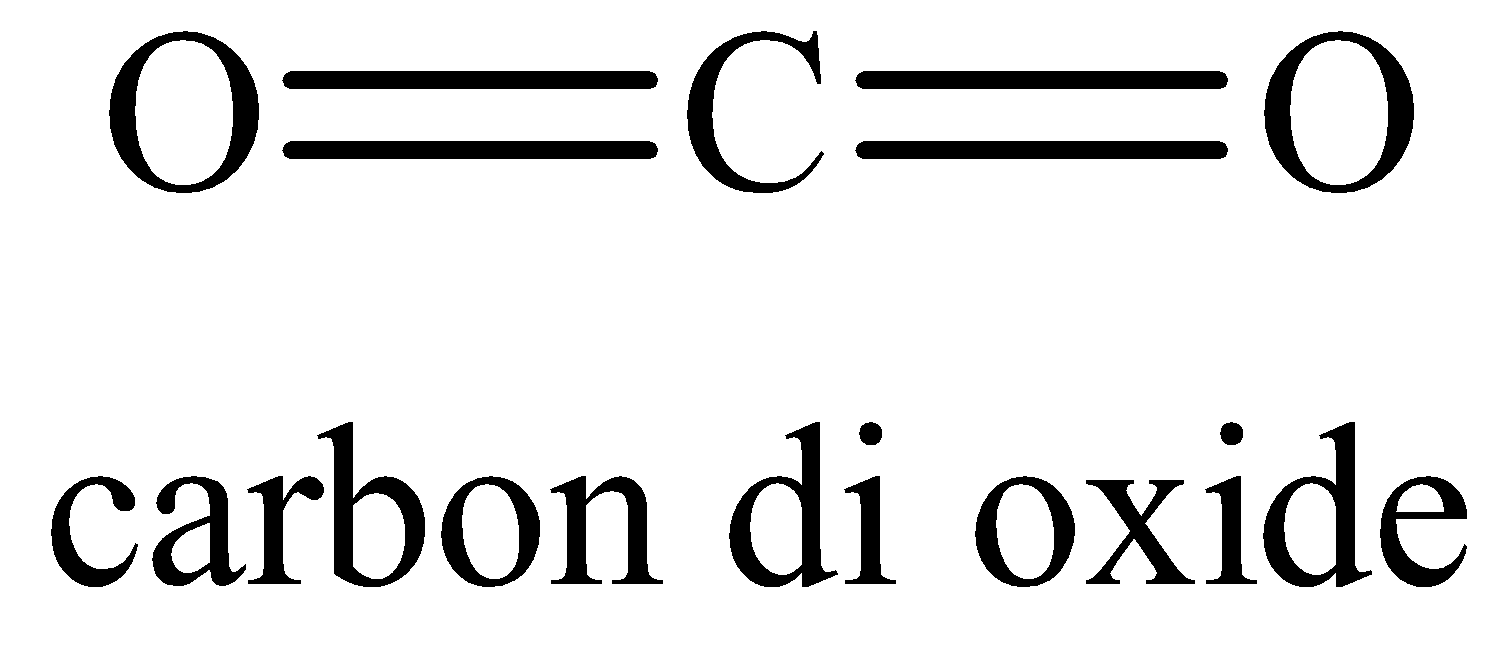
The carbon atom has two electron domains and two of them are in bonding which means that the geometry is linear and it is ${\text{sp}}$ hybridized.
The Lewis structure of ${I_3}^ - $ is,

The iodine atom has two electron domains and two of them are in bonding which means that the geometry is linear and it is ${\text{sp}}$ hybridized.
Therefore, the species in option A are isostructural.
The structure of ${\text{Xe}}{{\text{O}}_2}{{\text{F}}_2}$ is,
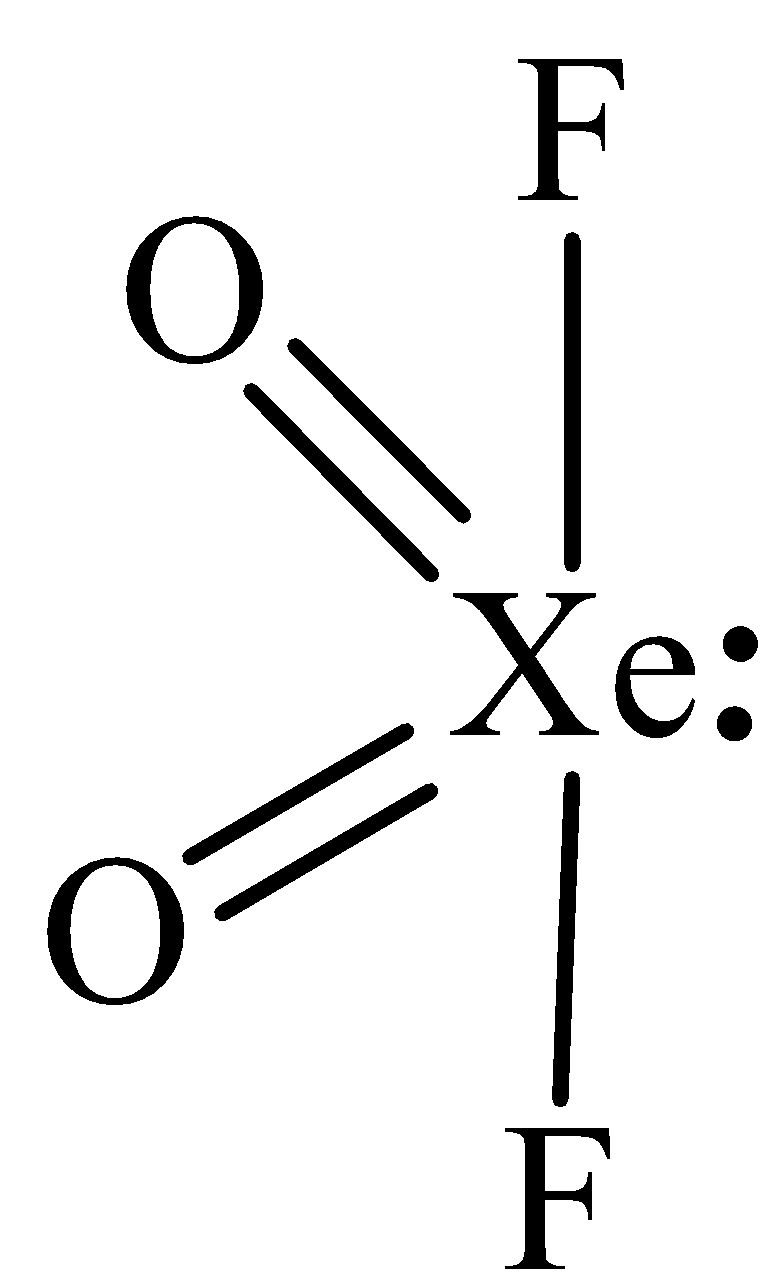
In ${\text{Xe}}{{\text{O}}_2}{{\text{F}}_2},$ the central atom is xenon has one lone pair of electron and four bonding domains. The hybridization of ${\text{XeO}}{{\text{F}}_{\text{4}}}$ is ${\text{s}}{{\text{p}}^{\text{3}}}{\text{d}}$ and the molecular geometry is see saw.
The structure of ${\text{S}}{{\text{F}}_{\text{4}}}$ is,
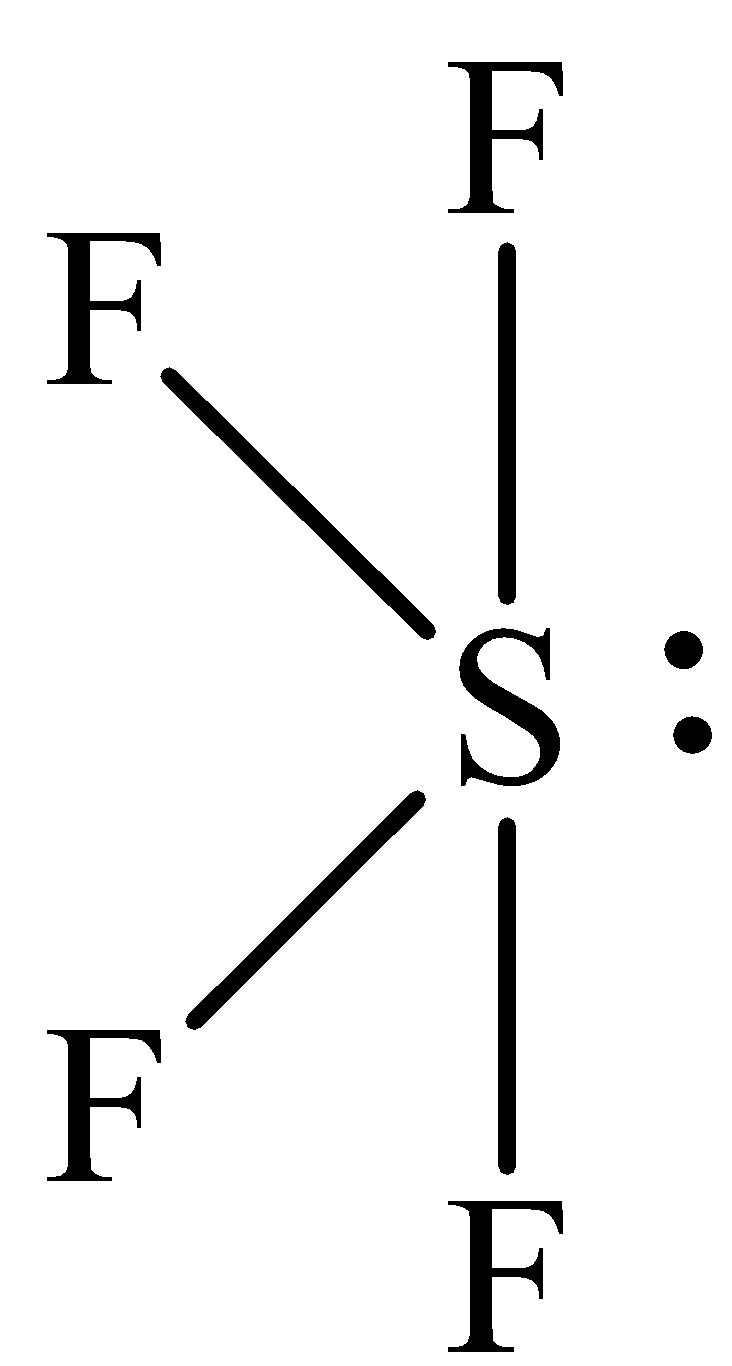
The ${\text{S}}{{\text{F}}_{\text{4}}}$ have five electron domains and four of them are in bonding which means that the geometry of ${\text{S}}{{\text{F}}_{\text{4}}}$ is see-saw. The see-saw geometry around the sulphur means that it has ${\text{s}}{{\text{p}}^{\text{3}}}{\text{d}}$ hybrid orbitals on sulfur atom.
Therefore, the species in option B are isostructural.
The structure of ${\text{N}}{{\text{O}}_{\text{3}}}^{\text{ - }}$ is,
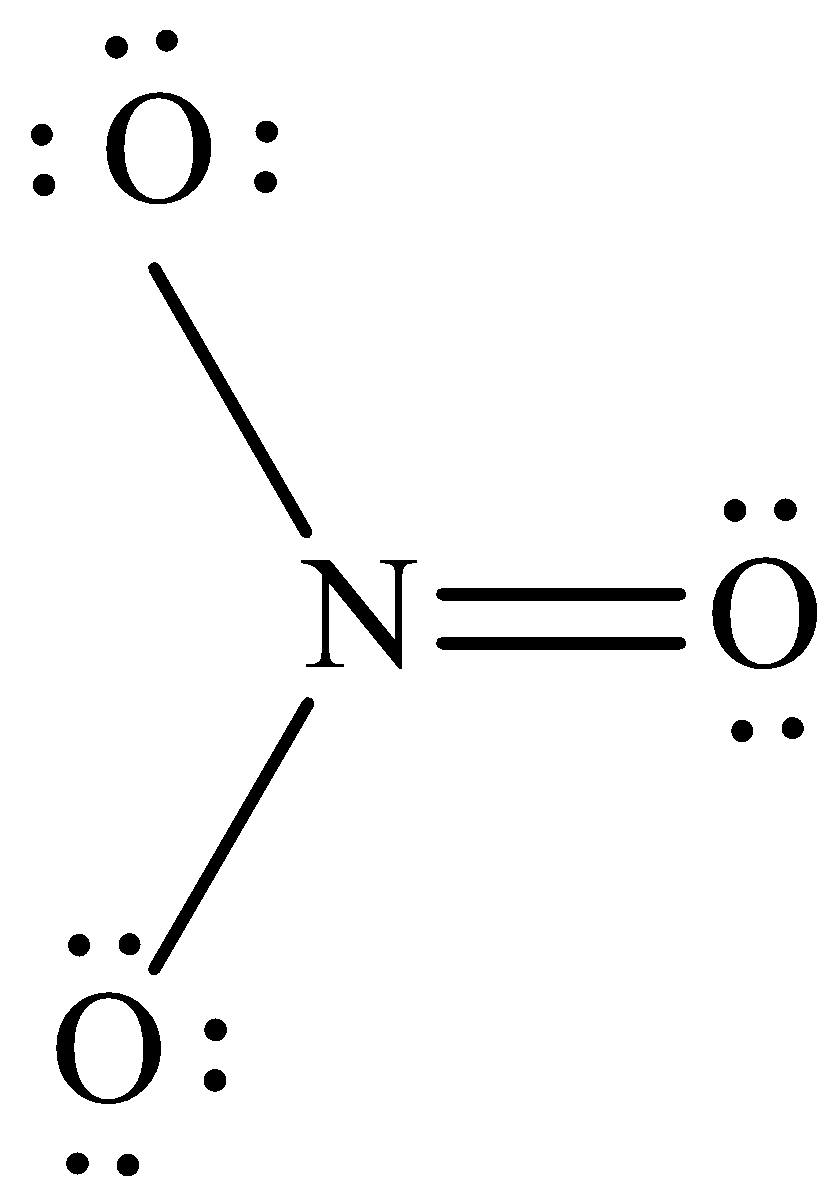
The ${\text{N}}{{\text{O}}_{\text{3}}}^{\text{ - }}$ have three electron domains and all of them are in bonding which means that the geometry of ${\text{N}}{{\text{O}}_{\text{3}}}^{\text{ - }}$ is trigonal planar. The trigonal geometry around the \[{\text{N}}\] means that it has \[{\text{s}}{{\text{p}}^{\text{2}}}\]hybrid orbitals on \[{\text{N}}\] atom. Thus the orbital which forms sigma bonds is \[{\text{s}}{{\text{p}}^{\text{2}}}\] hybrid orbital.
The Lewis structure of $S{O_4}^{2 - }$ is,

The central sulphur atom has 4 electron domains and are of them are in bonding which means that the carbon is ${\text{s}}{{\text{p}}^{\text{3}}}$ hybridized and the bond angle of carbon in methane thiol is ${\text{109}}{\text{.}}{{\text{5}}^{\text{o}}}.$
Therefore, the option C is incorrect.
The Lewis structure of xenon difluoride is,

The steric number of central xenon atom is five which means that it is ${\text{s}}{{\text{p}}^{\text{3}}}{\text{d}}$ hybridized but it has only two bonding electrons thus it adopts the linear geometry with the bond angle of \[{\text{18}}{{\text{0}}^{\text{o}}}{\text{.}}\]
The structure of chlorine trifluoride is,
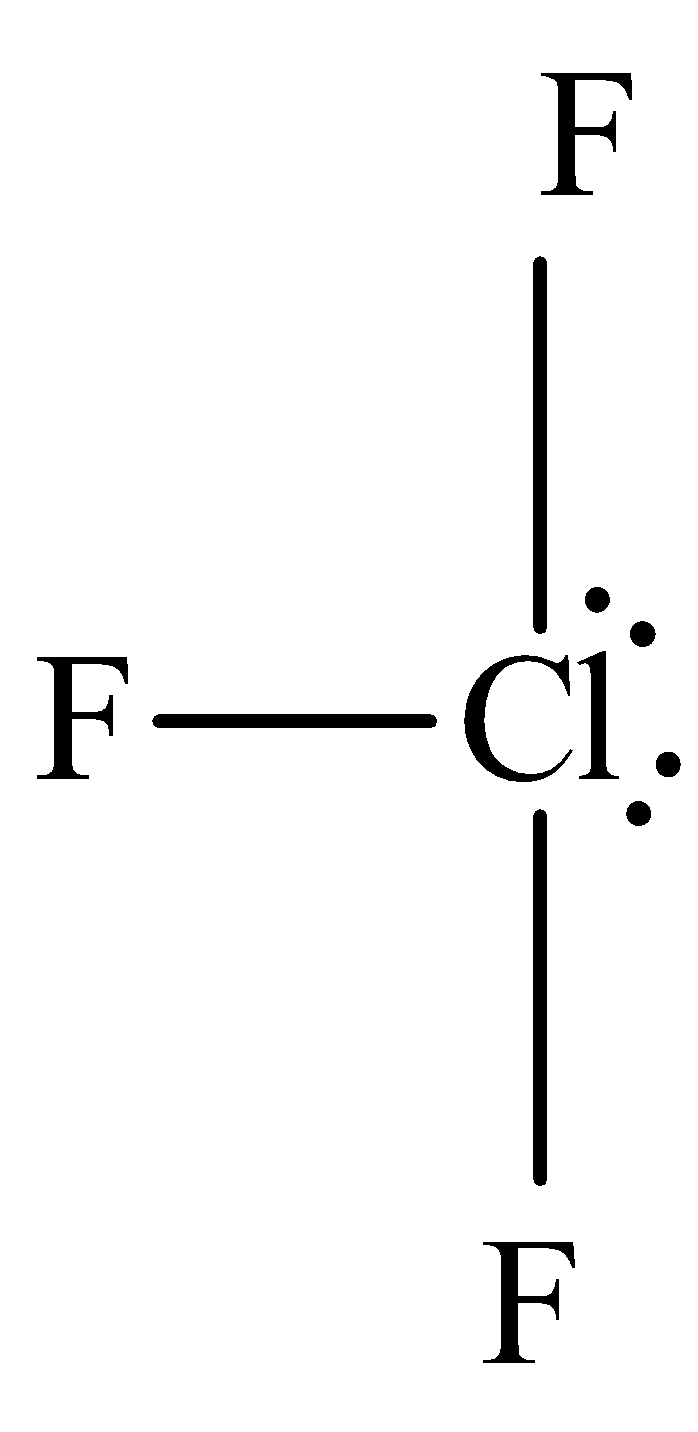
Chlorine trifluoride is $s{p^3}d$ hybridized and the molecular geometry is T-shape. Hence xenon trifluoride and chlorine trifluoride are not structural molecules.
Therefore the option D is incorrect.
Hence, all the given options (A) and (B) are correct.
Note:
We also remember that those species that have the same number of electrons are called isoelectronic species.
Example:
The total number of electrons in ${\text{C}}{{\text{N}}^{\text{ - }}}$ is ten.
The total number of electrons in ${{\text{N}}_{\text{2}}}$ is ten.
The species ${\text{C}}{{\text{N}}^{\text{ - }}}{\text{,}}{{\text{N}}_{\text{2}}}$ are isoelectronic with each other.
Complete step by step answer:
Let us see the structure of species in options,
The Lewis structure of ${\text{C}}{{\text{O}}_{\text{2}}}$ is,

The carbon atom has two electron domains and two of them are in bonding which means that the geometry is linear and it is ${\text{sp}}$ hybridized.
The Lewis structure of ${I_3}^ - $ is,

The iodine atom has two electron domains and two of them are in bonding which means that the geometry is linear and it is ${\text{sp}}$ hybridized.
Therefore, the species in option A are isostructural.
The structure of ${\text{Xe}}{{\text{O}}_2}{{\text{F}}_2}$ is,

In ${\text{Xe}}{{\text{O}}_2}{{\text{F}}_2},$ the central atom is xenon has one lone pair of electron and four bonding domains. The hybridization of ${\text{XeO}}{{\text{F}}_{\text{4}}}$ is ${\text{s}}{{\text{p}}^{\text{3}}}{\text{d}}$ and the molecular geometry is see saw.
The structure of ${\text{S}}{{\text{F}}_{\text{4}}}$ is,

The ${\text{S}}{{\text{F}}_{\text{4}}}$ have five electron domains and four of them are in bonding which means that the geometry of ${\text{S}}{{\text{F}}_{\text{4}}}$ is see-saw. The see-saw geometry around the sulphur means that it has ${\text{s}}{{\text{p}}^{\text{3}}}{\text{d}}$ hybrid orbitals on sulfur atom.
Therefore, the species in option B are isostructural.
The structure of ${\text{N}}{{\text{O}}_{\text{3}}}^{\text{ - }}$ is,

The ${\text{N}}{{\text{O}}_{\text{3}}}^{\text{ - }}$ have three electron domains and all of them are in bonding which means that the geometry of ${\text{N}}{{\text{O}}_{\text{3}}}^{\text{ - }}$ is trigonal planar. The trigonal geometry around the \[{\text{N}}\] means that it has \[{\text{s}}{{\text{p}}^{\text{2}}}\]hybrid orbitals on \[{\text{N}}\] atom. Thus the orbital which forms sigma bonds is \[{\text{s}}{{\text{p}}^{\text{2}}}\] hybrid orbital.
The Lewis structure of $S{O_4}^{2 - }$ is,

The central sulphur atom has 4 electron domains and are of them are in bonding which means that the carbon is ${\text{s}}{{\text{p}}^{\text{3}}}$ hybridized and the bond angle of carbon in methane thiol is ${\text{109}}{\text{.}}{{\text{5}}^{\text{o}}}.$
Therefore, the option C is incorrect.
The Lewis structure of xenon difluoride is,

The steric number of central xenon atom is five which means that it is ${\text{s}}{{\text{p}}^{\text{3}}}{\text{d}}$ hybridized but it has only two bonding electrons thus it adopts the linear geometry with the bond angle of \[{\text{18}}{{\text{0}}^{\text{o}}}{\text{.}}\]
The structure of chlorine trifluoride is,

Chlorine trifluoride is $s{p^3}d$ hybridized and the molecular geometry is T-shape. Hence xenon trifluoride and chlorine trifluoride are not structural molecules.
Therefore the option D is incorrect.
Hence, all the given options (A) and (B) are correct.
Note:
We also remember that those species that have the same number of electrons are called isoelectronic species.
Example:
The total number of electrons in ${\text{C}}{{\text{N}}^{\text{ - }}}$ is ten.
The total number of electrons in ${{\text{N}}_{\text{2}}}$ is ten.
The species ${\text{C}}{{\text{N}}^{\text{ - }}}{\text{,}}{{\text{N}}_{\text{2}}}$ are isoelectronic with each other.
Recently Updated Pages
Master Class 12 Business Studies: Engaging Questions & Answers for Success

Master Class 12 Economics: Engaging Questions & Answers for Success

Master Class 12 English: Engaging Questions & Answers for Success

Master Class 12 Maths: Engaging Questions & Answers for Success

Master Class 12 Social Science: Engaging Questions & Answers for Success

Master Class 12 Chemistry: Engaging Questions & Answers for Success

Trending doubts
What are the major means of transport Explain each class 12 social science CBSE

Which are the Top 10 Largest Countries of the World?

Draw a labelled sketch of the human eye class 12 physics CBSE

Explain sex determination in humans with line diag class 12 biology CBSE

The pH of the pancreatic juice is A 64 B 86 C 120 D class 12 biology CBSE

Explain sex determination in humans with the help of class 12 biology CBSE




